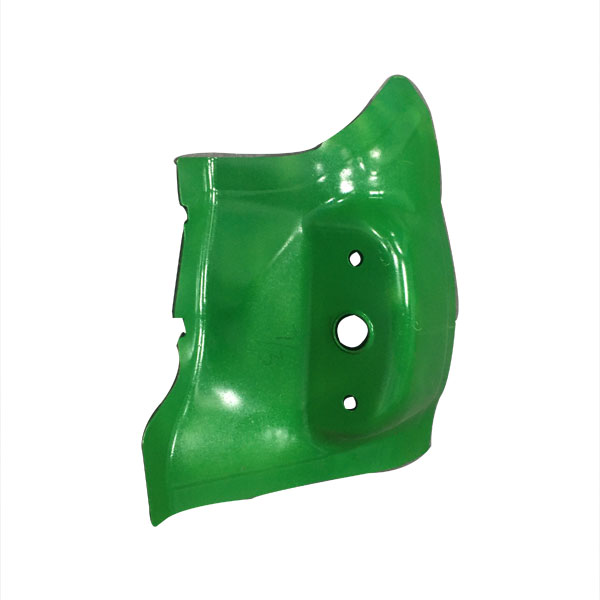Safeguarding Journeys: Safety Considerations in Auto Wheel Housing Interior Design
2023-12-06
Introduction:
While auto enthusiasts often marvel at the sleek lines and innovative features of a vehicle, one aspect that takes precedence in automotive design is safety. Wheel housing interiors, although not always in the spotlight, play a crucial role in the overall safety of a vehicle. In this blog, we delve into the specific safety considerations related to wheel housing interior design and explore the measures taken by the automotive industry to address these concerns.
1. Protection Against Road Debris:
1.1 Mudflaps and Splash Guards:
- Safety Concern: Wheel housing interiors are susceptible to debris thrown up by the rotating wheels, posing a risk to both the vehicle and other road users.
- Industry Solution: Mudflaps and splash guards are commonly integrated into wheel housing design to mitigate the impact of road debris. These protective elements reduce the likelihood of debris causing damage or visibility issues.
2. Corrosion Resistance:
2.1 Coating and Material Selection:
- Safety Concern: Corrosion of wheel housing components can compromise structural integrity, leading to safety hazards.
- Industry Solution: Automotive manufacturers prioritize the use of corrosion-resistant materials and coatings in wheel housing interiors. This helps to maintain the structural integrity of the components and ensures long-term safety.
3. Wheel Well Liners:
3.1 Protection Against Contaminants:
- Safety Concern: The wheel housing interior is exposed to various contaminants, including water, mud, and salt, which can lead to corrosion and damage.
- Industry Solution: Wheel well liners provide an additional layer of protection, preventing contaminants from infiltrating critical components. This enhances the lifespan of the wheel housing and contributes to safety.
4. Structural Integrity:
4.1 Impact-Resistant Materials:
- Safety Concern: In the event of a collision or impact, the structural integrity of wheel housing components is crucial for protecting both the vehicle and its occupants.
- Industry Solution: Auto manufacturers employ impact-resistant materials in wheel housing interiors. This enhances the ability of the components to withstand collisions, contributing to overall vehicle safety.
5. Alignment and Clearance:
5.1 Proper Fit and Alignment:
- Safety Concern: Incorrect alignment or inadequate clearance in wheel housing interiors can lead to issues such as tire rub, affecting vehicle stability.
- Industry Solution: Rigorous testing and engineering ensure proper fit and alignment in wheel housing design. This prevents issues that may compromise the safe operation of the vehicle.
Conclusion: Beyond Aesthetics to Assurance
Wheel housing interior design is not solely about aesthetics—it is an essential component of vehicle safety. From protection against road debris to corrosion resistance and structural integrity, safety considerations are woven into the fabric of wheel housing design. The automotive industry's commitment to addressing these concerns ensures that wheel housing interiors not only contribute to the visual appeal of a vehicle but also serve as guardians of safety on the road. As technology and materials continue to advance, we can expect even more sophisticated safety features in wheel housing interiors, further enhancing the overall safety of vehicles.



